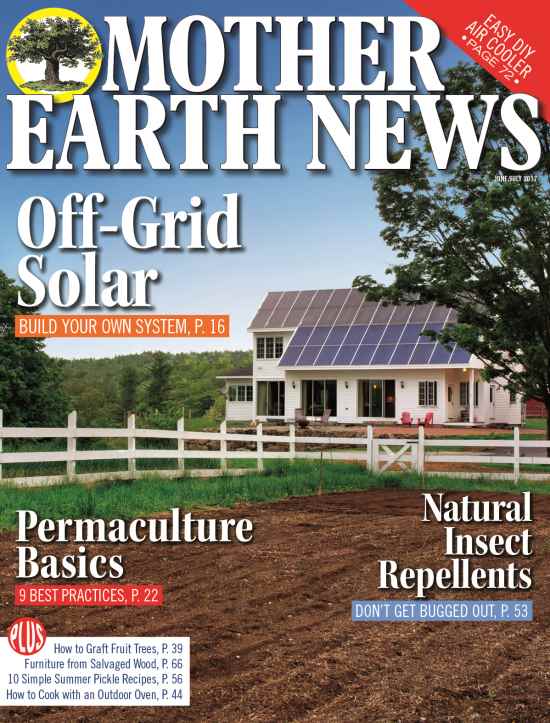Selling a Lifestyle
My husband is a blacksmith. His talent and strength astound me at times. He takes a bit of modest metal, heats it, bangs on it with a hammer and shapes it brutally into something beautiful.
 Blacksmithing is a work of passion. It can be physically demanding. Years of standing over an anvil and using heavy equipment have taken a toll on his body. His wrists and arms often ache from carpal tunnel and tennis elbow. In the summer time, the forge can get unbearably hot. He will come in the house sweat soaked and red faced to show me his latest creation. His work is beautiful. Intricate clocks, life-like roses and other metal pieces bent, twisted and hammered into organic sculptures. He’s also made beautiful axes, knives and tools to help us around our farm.
Blacksmithing is a work of passion. It can be physically demanding. Years of standing over an anvil and using heavy equipment have taken a toll on his body. His wrists and arms often ache from carpal tunnel and tennis elbow. In the summer time, the forge can get unbearably hot. He will come in the house sweat soaked and red faced to show me his latest creation. His work is beautiful. Intricate clocks, life-like roses and other metal pieces bent, twisted and hammered into organic sculptures. He’s also made beautiful axes, knives and tools to help us around our farm.
At times he will make me something simple…something functional that I need to make life easier. A hook for the back hall so I can hang my coat after feeding the chickens. Or a wall bracket for a flower pot to sit in etc.
Simple things that can easily be purchased inexpensively at Wal-Mart. Things that to a quick passing eye look indistinguishable from the mass produced metal hooks you can buy at the Dollar Store.
So why make these things? Why heat up the forge and spend an hour banging a bit of rod into an “S” shape when you can run to the nearest Mega Mart and get one for a couple of bucks?
To be perfectly honest, I think many times we don’t go to the store to buy things because both of us hate to shop. We’d rather take the time to make it ourselves than get in the car drive to the store and “deal” with the Mega Mart experience.
But there’s a reason we hate to shop.
 Our world is filled with products. Mass produced items that hold little meaning. They are flashy and abundant. And when those items are sold, more of the same is waiting in stockrooms to be flushed out to the masses.
Our world is filled with products. Mass produced items that hold little meaning. They are flashy and abundant. And when those items are sold, more of the same is waiting in stockrooms to be flushed out to the masses.
We don’t know the maker of these items. We often don’t know the process in which the item was created. Where did it come from? Where did the materials come from? What tools were used?
We don’t know.
This knowledge is removed from the transaction so the item is purchased simply on its usefulness, or appeal.
The human touch has been removed. The item is lifeless and often treated as such.
The difference between handmade items and mass made items are the story. The item’s history, its creation story.
And that’s what you need to sell.
 Now that’s not to say that quality can’t be seen. That workmanship isn’t apparent in a handmade item forthright.
Now that’s not to say that quality can’t be seen. That workmanship isn’t apparent in a handmade item forthright.
But manufactures are getting better. Each day they’re finding ways to create goods that are of higher quality for less money. They’re getting good at manufacturing things that look homemade as well.
I see this in the fiber world. We also raise fiber goats on our farm. I shear them each spring and fall, clean the fiber, dye it by hand and spin it into yarn on my treadle spinning wheel. The yarn I create has a homespun quality to it.
But when I walk into JoAnns I see factory made yarns that are getting closer and closer to what I produce. Sold for much less money than I can afford to sell my yarn after the time and effort I put into each skein.
How do I convince my customers that my yarn is worth 2 to 3 times more money than the yarn at Jo-Anns?
The story. The lifestyle.
 I’m not selling a skein of yarn. I’m selling the nostalgic image of sheep/goats dotted on green rolling pasture. Or the gentle whirr of the spinning wheel as it goes round and round.
I’m not selling a skein of yarn. I’m selling the nostalgic image of sheep/goats dotted on green rolling pasture. Or the gentle whirr of the spinning wheel as it goes round and round.
In our fast paced world people are lonely for their humanity. For that cause and effect relationship of work = direct outcome. You plant a seed, water it, nourish it and it grows. It feeds and it continues. You can witness it. You follow the process from beginning to end. There are no forms to fill out, no meetings, no cab rides. It’s simple, beautiful and what a lot of people are looking for in life.
It’s our job as gardeners, artisans, breeders to show that our customers can have a piece of that lifestyle.
When you promote your products, share your process, share your values, your animals, your tools. But most of all share your passion.
Tell them why you do what you do and why you love it. When love and passion go into a product, the customer isn’t just buying an item, they are buying a souvenir of an intimate relationship between maker and the made.










